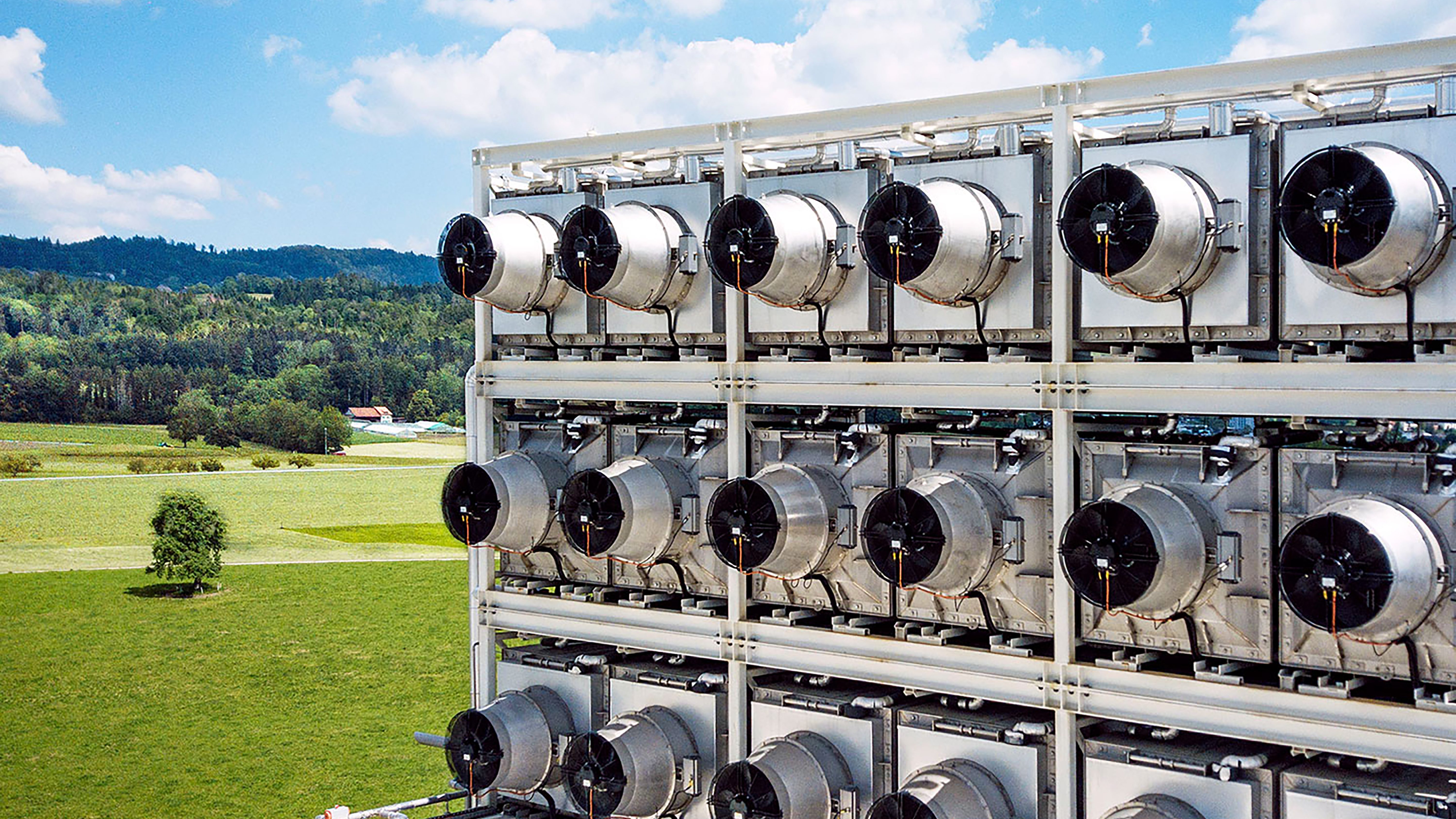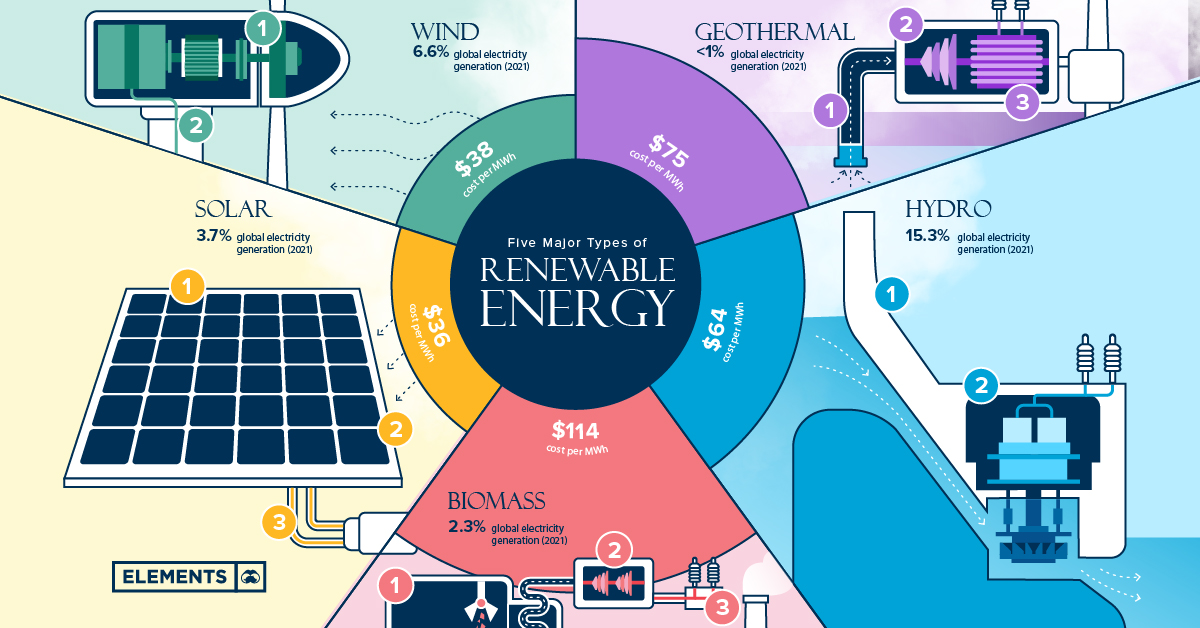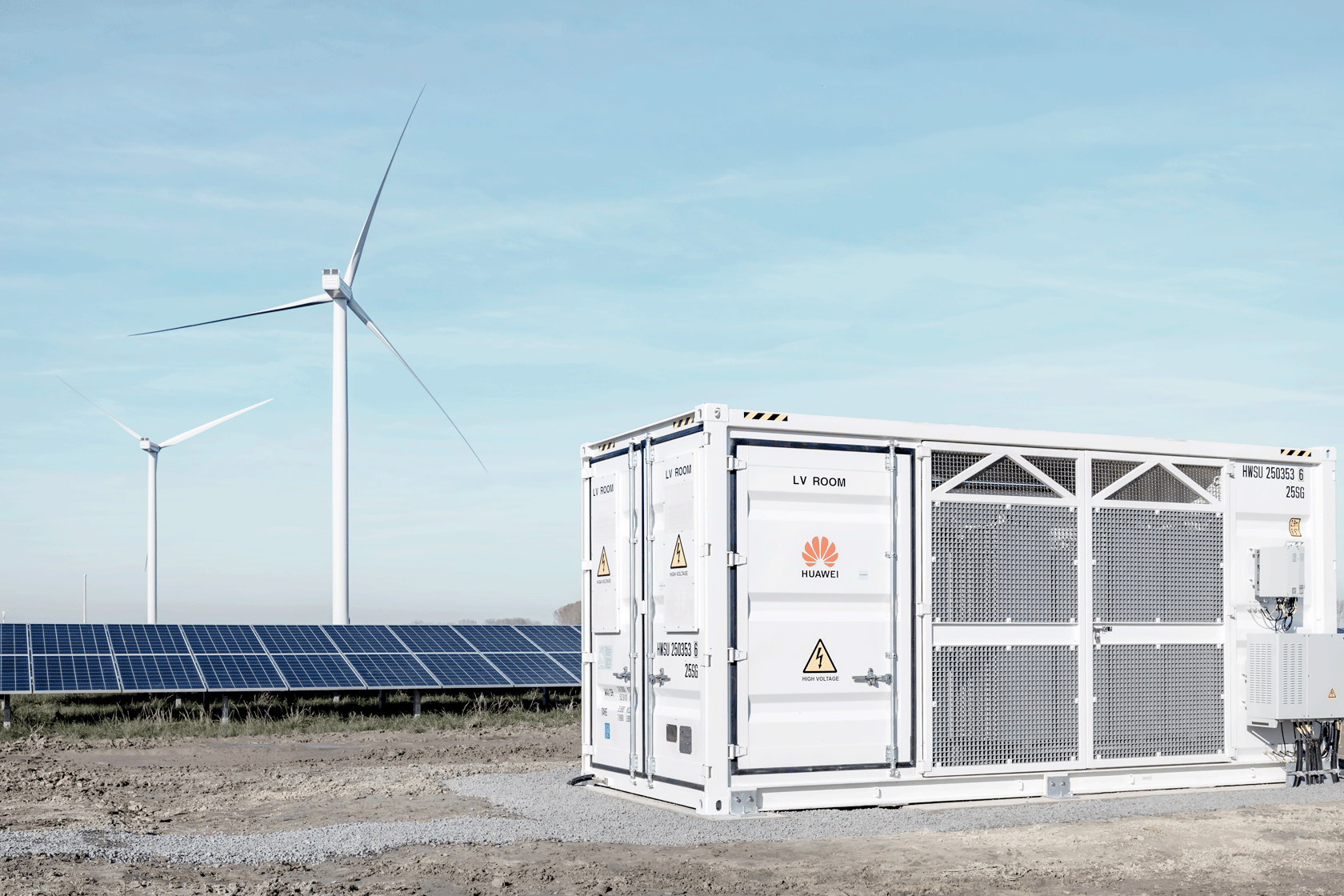Tech Weapons We Need To Combat Global Warming

1. Carbon capture, removal, and storage

The recent IPCC report on climate change mitigation highlights the urgent need to reduce emissions and remove excess carbon dioxide from the atmosphere to reach net zero emissions. The report warns that continued high rates of emissions will require large-scale carbon removal technologies to be deployed in the coming years.
The good news is that there are already over 26 commercial-scale carbon capture projects operating worldwide as of 2020, with many more in development. These projects are aimed at capturing carbon dioxide from various sources, such as power plants, industrial processes, and even the air itself, and then storing it permanently or using it for various applications.
This progress in carbon capture technology is an important step towards mitigating the impacts of climate change, and it provides hope for a sustainable future. However, more action is needed at all levels to reduce emissions and tackle the root causes of climate change.
2. Renewable Energy

The need to switch to renewable energy sources is driving innovation, with over 5,000 startups and scaleups operating in the industry. They’re developing new solutions for solar power, energy storage, wind energy, and electric vehicle charging infrastructure. As more countries and businesses commit to renewable energy, we can expect even more investment and innovation in this space.
Advanced photovoltaics, AI and big data, distributed energy storage systems, and hydro power are predicted to have the greatest impact on the renewable energy industry, according to research. Wind energy, bioenergy, grid integration, green hydrogen, advanced robotics, and blockchain are also expected to make significant contributions.
3. Batteries and Energy Storage

Rechargeable batteries are poised to play a crucial role in storing renewable energy on various grids, powering electric vehicles, and running digital devices. New lithium-ion batteries are expected to offer improved performance, such as lower cost, extended life, enhanced energy density, increased safety, and faster charging. They will also be more sustainable, easier to recycle, and have longer lifespans. Additionally, next-generation batteries like sodium-ion, multivalent-ion, redox flow, solid-state, metal-sulfur, and metal-air are expected to have even lower costs and higher energy densities.
4. Smart homes, buildings, grids & agriculture

The IPCC’s Climate Change 2022 report highlights the potential of digital technologies to help mitigate climate change and achieve sustainable development goals. Technologies such as sensors, the internet of things, robotics, and artificial intelligence can enhance energy management, improve energy efficiency, and encourage the use of low-emission technologies like decentralized renewable energy. This can create economic opportunities while promoting sustainable practices.
Despite the potential benefits of digital technologies in mitigating climate change, the IPCC’s Climate Change 2022 report also highlights some potential negative aspects. These include increased e-waste, job losses, and an exacerbated digital divide. The report emphasizes that digital technology can only support decarbonization if it is appropriately governed. In other words, it is essential to manage the potential negative impacts of digital technology to ensure that it contributes to a sustainable and equitable future.
5. Remote sensing of Greenhouse gas emission

To develop effective policies and identify priorities for reducing greenhouse gas emissions, it is essential to have reliable and timely information on emissions. Climate TRACE is a global non-profit coalition that is funded by Google and uses AI and machine learning to analyze data from a wide range of sources, including over 300 satellites, more than 11,000 air-, land- and sea-based sensors, and additional public and commercial information. The goal of Climate TRACE is to provide a global, independent inventory of greenhouse gas emissions primarily based on direct observation, which can help inform policy decisions aimed at reducing emissions.
Climate TRACE’s emissions data for over 70,000 sites was released during the COP27 conference in November 2022. The data covers top known sources of emissions in various sectors, including power generation, oil and gas production and refining, shipping, aviation, mining, waste, agriculture, road transportation, and the production of steel, cement, and aluminum. Climate TRACE uses AI and machine learning to analyze data from various sources, including over 300 satellites and more than 11,000 sensors, to provide an independent inventory of GHG emissions. The data also showed that reported emissions from some countries’ oil and gas production were three times higher than self-reported data.



